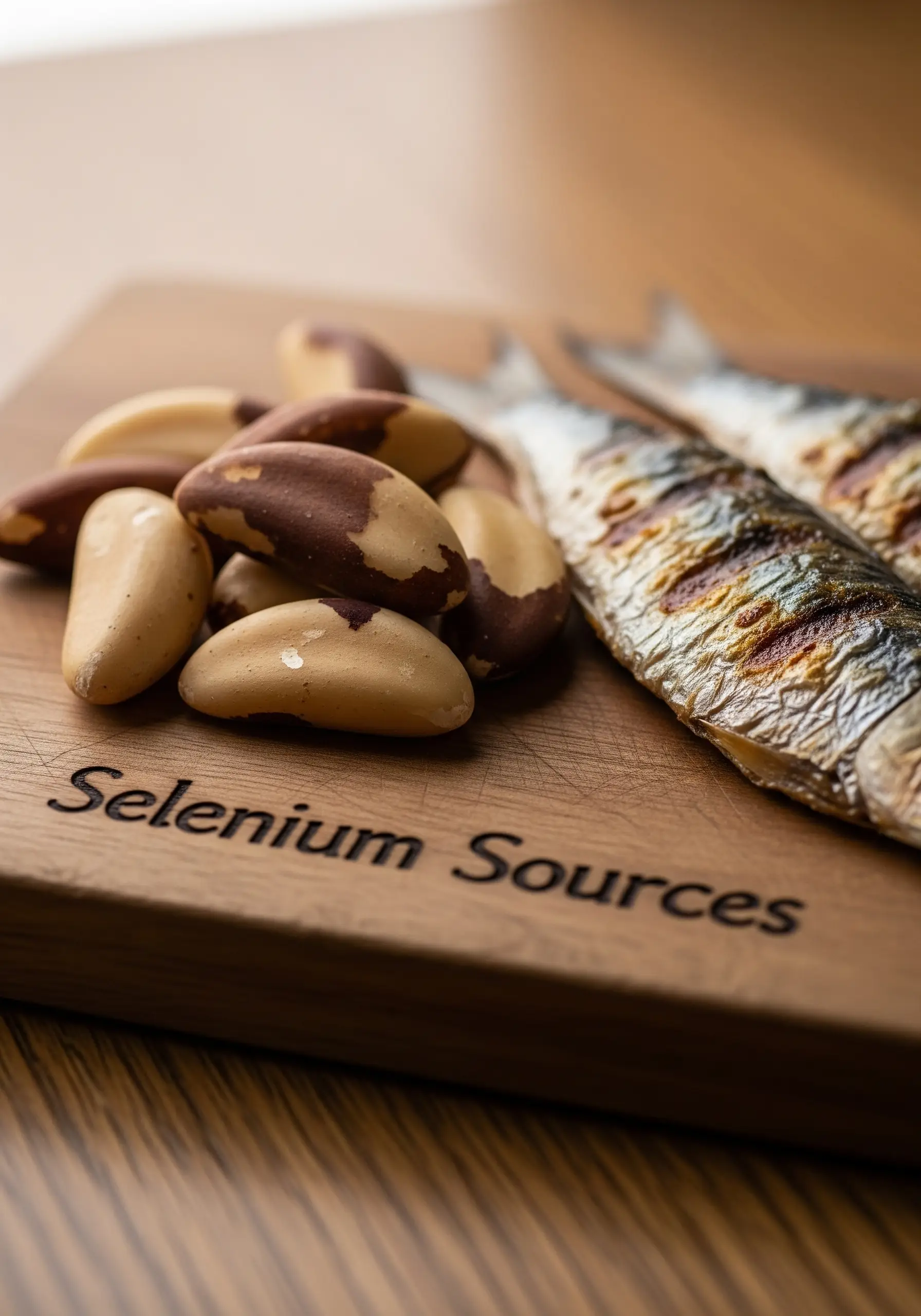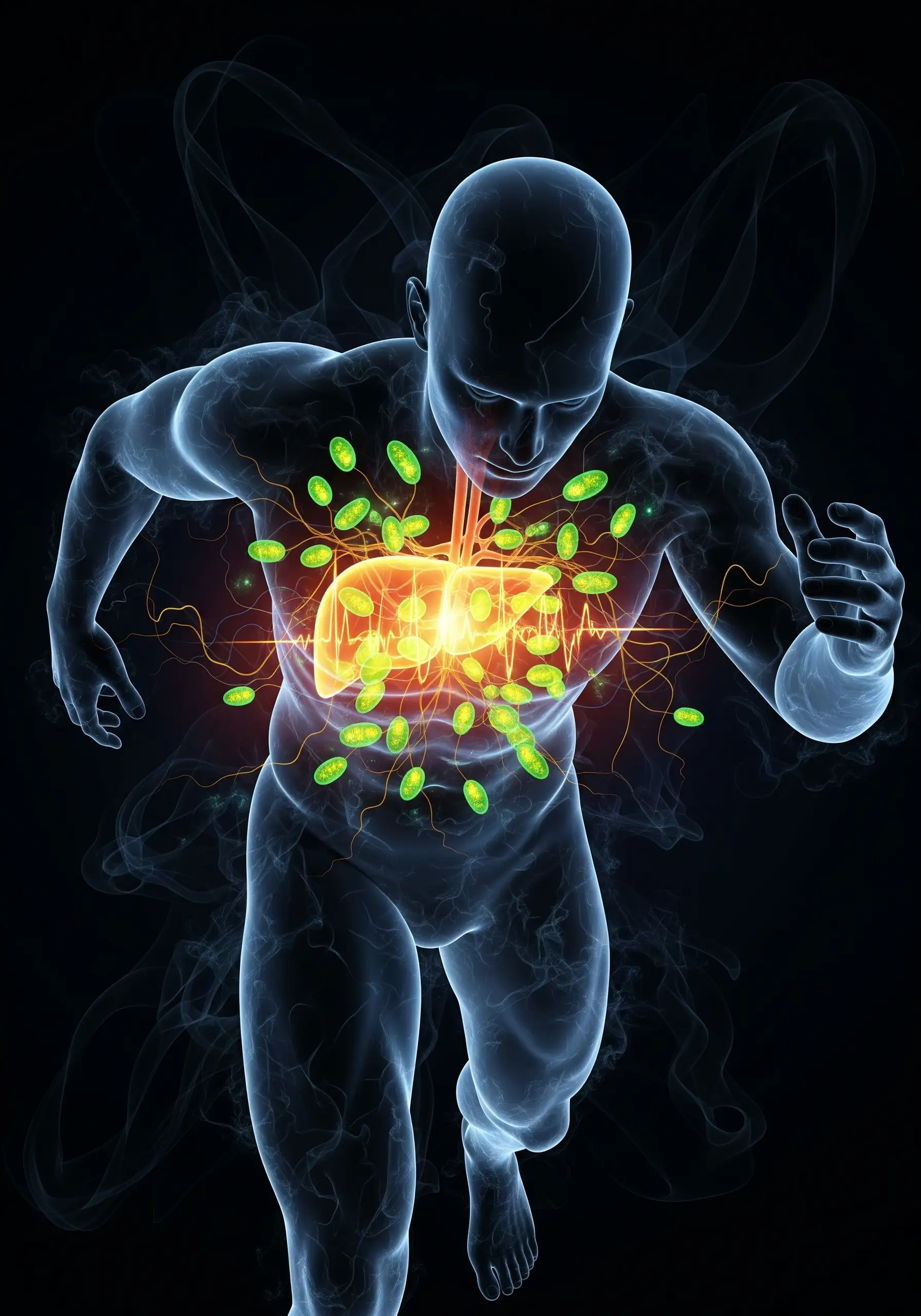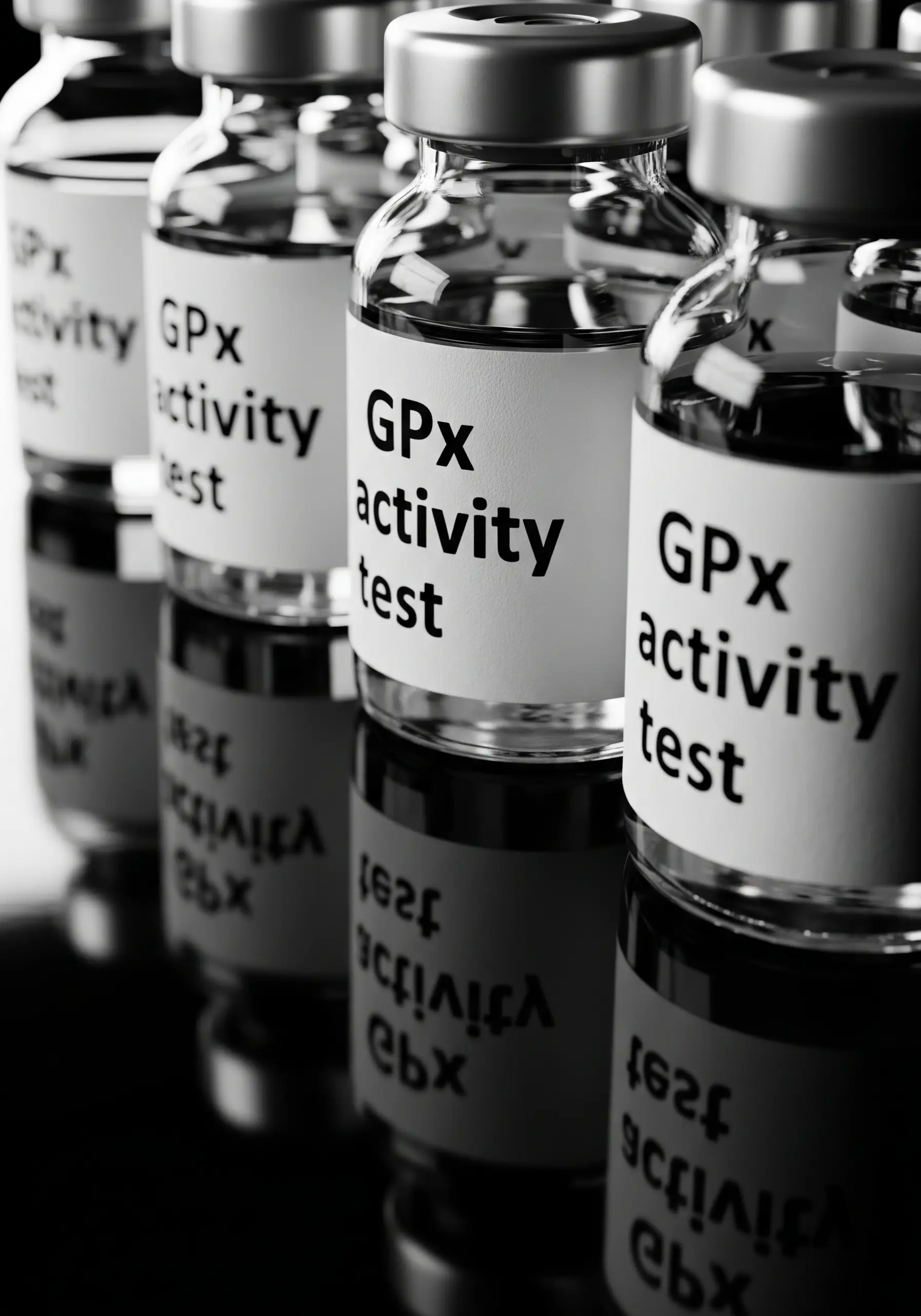

A cellular antioxidant that protects us from aging, toxins, and stress
Introduction
Every cell in our body encounters free radicals daily — byproducts of metabolism, pollution, stress, infections, and even intense workouts.
When there are too many of them, cells get damaged, proteins oxidize, and DNA mutates. That’s why nature created an internal antioxidant shield — a system of enzymes that neutralize these radicals.

One of its most important components is glutathione peroxidase (GPx) — an enzyme that converts peroxides into harmless water.
And to function properly, it needs selenium — a key trace element without which the enzyme simply “stays silent.”
In autumn, when the body recovers from stress and immunity weakens, the glutathione system becomes our first line of defense.

How Glutathione Peroxidase Works
Glutathione peroxidase is an enzyme that converts hydrogen peroxide (H₂O₂) and lipid peroxides into water and non-toxic compounds, using glutathione (GSH) as a “sacrificial electron donor.”
In this process, it:
-
neutralizes free radicals that damage cell membranes;
-
maintains cell stability under oxidative stress;
-
regenerates other antioxidants (vitamin C, E, coenzyme Q10);
-
prevents cell apoptosis.
Each GPx molecule contains a selenium atom in its active center in the form of the amino acid selenocysteine. This atom gives the enzyme the ability to act as a “molecular fire extinguisher.”
Table 1. Main types of glutathione peroxidase
| GPx Type | Site of Action | Main Function |
|---|---|---|
| GPx1 | All cells | Protection from H₂O₂ and oxidative stress |
| GPx2 | Intestine | Maintains mucosal barrier |
| GPx3 | Blood plasma | Systemic antioxidant action |
| GPx4 | Cell membranes | Protection from lipid peroxidation |
When selenium levels are low, GPx activity decreases, and cells become vulnerable to damage.
A study by the University of Otago (2024) showed that when plasma selenium levels fall below 70 µg/L, GPx activity drops by more than 50%, correlating with an increase in inflammatory markers CRP and IL-6.

How Selenium Activates Glutathione Peroxidase
Selenium is a component of more than 25 selenoenzymes, including GPx, thioredoxin reductase, and iodothyronine deiodinase (the enzyme that converts T4 into the active T3 hormone).
Thus, selenium simultaneously affects antioxidant defense, immunity, and thyroid function.
Organic forms (selenomethionine, selenocysteine) are better absorbed than inorganic ones (selenite, selenate) and have a longer retention period in tissues.
Table 2. Sources of selenium and the recommended daily intake
| Product / Source | Selenium content (µg per 100 g) | Note |
|---|---|---|
| Brazil nuts | 1900–2500 | 1 nut covers the daily requirement |
| Sea fish, tuna, sardines | 60–90 | High bioavailability |
| Eggs, meat | 25–35 | Depends on animal feed |
| Garlic, whole grains | 10–15 | Plant-based source |
| Optimal dose | 55–100 µg/day | Higher doses — only under medical supervision |

Selenium and Immunity
During infections, especially viral ones, the selenium level in the blood decreases — it is actively used for GPx synthesis.
That’s why selenium deficiency is associated with more severe cases of ARVI, COVID-19, and viral hepatitis.
A meta-analysis in Frontiers in Immunology (2025) showed that selenium supplementation (100–200 µg/day) increases NK-cell activity and accelerates recovery.
Questions and Answers
1. Should I take selenium supplements if I eat fish?
Yes, because even seafood from different regions may contain varying amounts of selenium due to soil depletion.
2. Which form of selenium is the most effective?
Organic selenium (selenomethionine or selenocysteine) is better absorbed and less toxic.
3. Can selenium be overdosed?
Yes, more than 400 µg/day may cause selenosis (metallic taste, brittle nails, nausea).
4. How can selenium levels be checked?
The most accurate way is a blood test for selenium and GPx activity in plasma.
5. Can selenium be combined with zinc and vitamin E?
Yes, they are synergistic: zinc supports superoxide dismutase, while vitamin E helps regenerate glutathione.
Conclusions
Glutathione peroxidase is a “silent enzyme” that continuously protects cells from damage.
It not only neutralizes radicals but also coordinates the body’s internal detoxification system, protecting the heart, liver, brain, and immune system.
And selenium is its “key.” Without it, even the best diet cannot provide full antioxidant protection.
Therefore, regular selenium intake in autumn is the foundation of energy balance, strong immunity, and slow aging.
References
-
Rayman, M. P. Lancet Diabetes & Endocrinology, 2024 — “Selenium and human health: essentiality and toxicity.”
-
Martinez-Ruiz, A. et al. Free Radical Biology & Medicine, 2023 — “Regulation of glutathione peroxidase activity by selenium status.”
-
Zhang, Y. et al. Frontiers in Immunology, 2025 — “Selenium supplementation and viral immunity.”
-
Liao, W. et al. Nutrients, 2024 — “Role of GPx4 in lipid peroxidation and cell longevity.”
-
EFSA Scientific Opinion, 2024 — “Dietary reference values for selenium in adults.”




